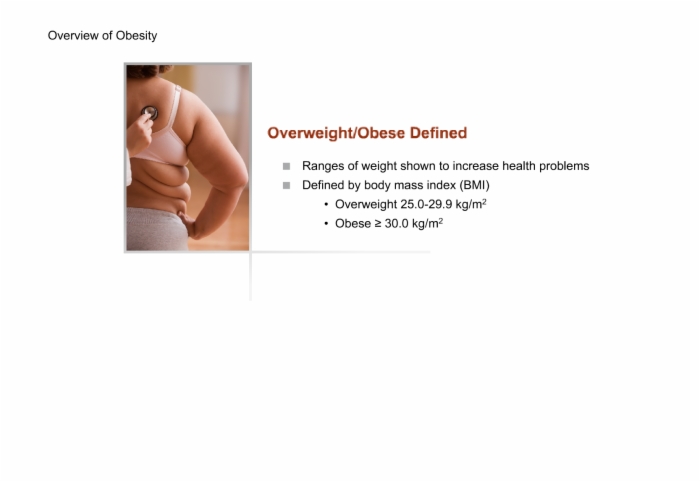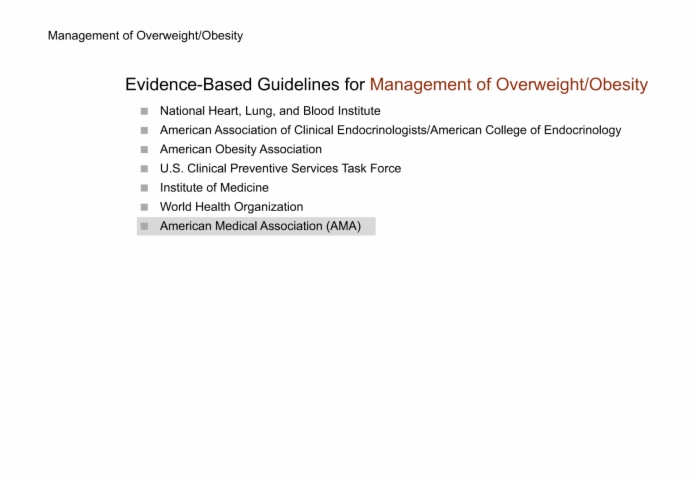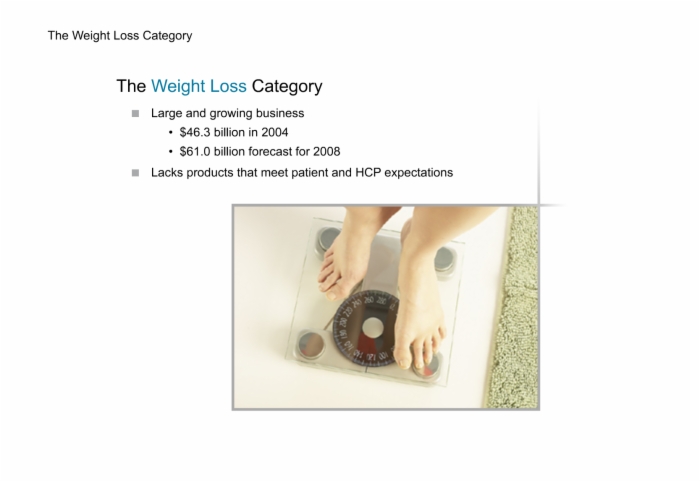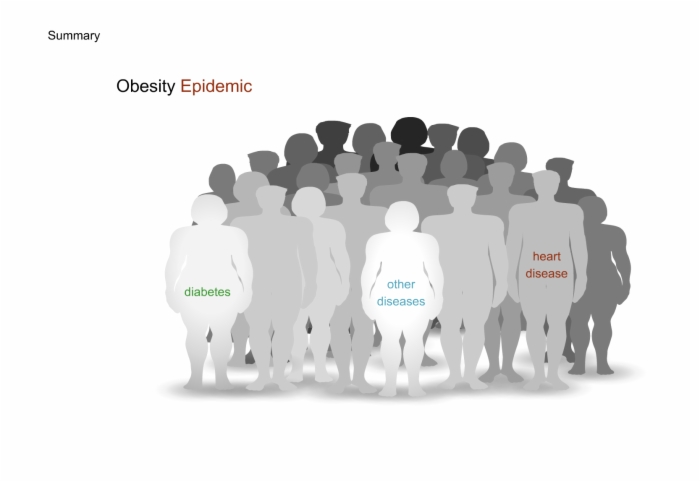SMi Source lesson Obesity has the following microlearning topics
1. Overview of Obesity


2. Management of Overweight/Obesity


3. The Weight-Loss Category


4. Obesity Epidemic


Lesson Obesity teaches these concepts
Obesity, Overview of Obesity, Overweight/Obese Defined
Obesity, Overview of Obesity, Body Mass Index
Obesity, Overview of Obesity, Waist Circumference and Obesity
Obesity, Overview of Obesity, Cause of Obesity
Obesity, Overview of Obesity, U.S. Prevalence
Obesity, Overview of Obesity, Contributing Factors to Overweight/Obesity
Obesity, Overview of Obesity, Prevalence Trends of Obesity in the United States
Obesity, Overview of Obesity, Genetics
Obesity, Overview of Obesity, Behavior and Environment
Obesity, Overview of Obesity, Health Consequences of Overweight and Obesity
Obesity, Overview of Obesity, Interactive Exercise: Obesity Health Consequences
Obesity, Overview of Obesity, Interactive Exercise: Overweight and Obese
Obesity, Overview of Obesity, Benefits of Modest Weight Loss
Obesity, Overview of Obesity, Social Implications of Overweight and Obesity
Obesity, Overview of Obesity, Societal Consequences
Obesity, Overview of Obesity, Risk Factors Associated with Being Obese or Overweight
Lesson Obesity addresses these key points
Overweight/Obese Defined
- Ranges of weight shown to increase health problems
- Defined by body mass index (BMI)
- Overweight 25.0-29.9 kg/m2
- Obese ≥ 30.0 kg/m2
Body Mass Index
- Calculated by dividing weight by height squared
Waist Circumference
- Important factor in determining overall health risk
- Over 40 inches in men
- Over 35 inches in women
Cause of Obesity
- Energy (E) imbalance
- Energy needs vary by:
- age
- gender
- body size
- genetic factors
- pathological conditions
- activity
- ambient temperature
U.S Prevalence
- Age ≥ 20 years (men & women)
- 65% overweight
- 30% obese
Contributing Factors to Overweight/Obesity
- Behavior & Environment
- Genetics
Prevalence Trends
- Dramatic increase in obesity in United States
- 1990, no states had obesity prevalence rates at or above 15 percent
- 2005, no state had an obesity prevalence rate less than 15 percent
Genetics
- Rare Mutations (severe)
- Alter proteins involved in regulation of food intake
- Common variants
- Predispose people to energy imbalance
Behavior and Environment
- A poor diet
- Lack of physical activity
- Larger portions
- Soft drinks
- Emotional factors
- stress
- boredom
- depression
- anxiousness
- anger
- fatigue
- 'emotional eaters'
Health Consequences of Overweight and Obesity
- Body weight
- Disease
Increased risk for:
- Hypertension
- Type II diabetes
- Coronary heart disease
- Dyslipidemia
- Stroke
- Gallbladder disease
- Osteoarthritis
- Sleep apnea and respiratory problems
- Some cancers (endometrial, breast, prostate and colon)
- Reduced fertility
Hypertension
- Secretion of leptin by adipose tissue
Dyslipidemia
- Increased triglycerides, decreased HDL levels, and abnormal LDL composition
Type II diabetes
- Elevated fat in plasma
Coronary heart disease
- Metabolic adaptations
Interactive Exercise: Overweight and Obese
- 25 kg/m2
- 28 kg/m2
- 30 kg/m2
Benefits of Modest Weight Loss
Reduces risk factors
- Diabetes
- Osteoarthritis
- Cancer
- Other chronic diseases
Social Implications of Overweight and Obesity
- Discrimination in the work place
- Professional workers report more discrimination than nonprofessionals
- Overweight and obese people are often discriminated against
- Overweight and obese people are more likely to report institutional and day-to-day interpersonal discrimination
Societal Consequences
- Healthcare costs
- Annual costs of overweight and obesity
- United States ~ $117 billion in 2009
- Overall healthcare costs
- Excess weight > that of many other health risks
Risk Factors Associated with Being Obese or Overweight
- Poor diet
- Lack of physical activity
- Working varied shifts
- Medical conditions and medications
- Quitting smoking
- Increasing age
- Incidence of obesity in people over 60 years of age is 3 times that in 20 year olds
- Genetic factors
- Race
- 30% of non-Hispanic white adults
- 45% of non-Hispanic black adults
- 37% of Mexican Americans
- Lower socio-economic status